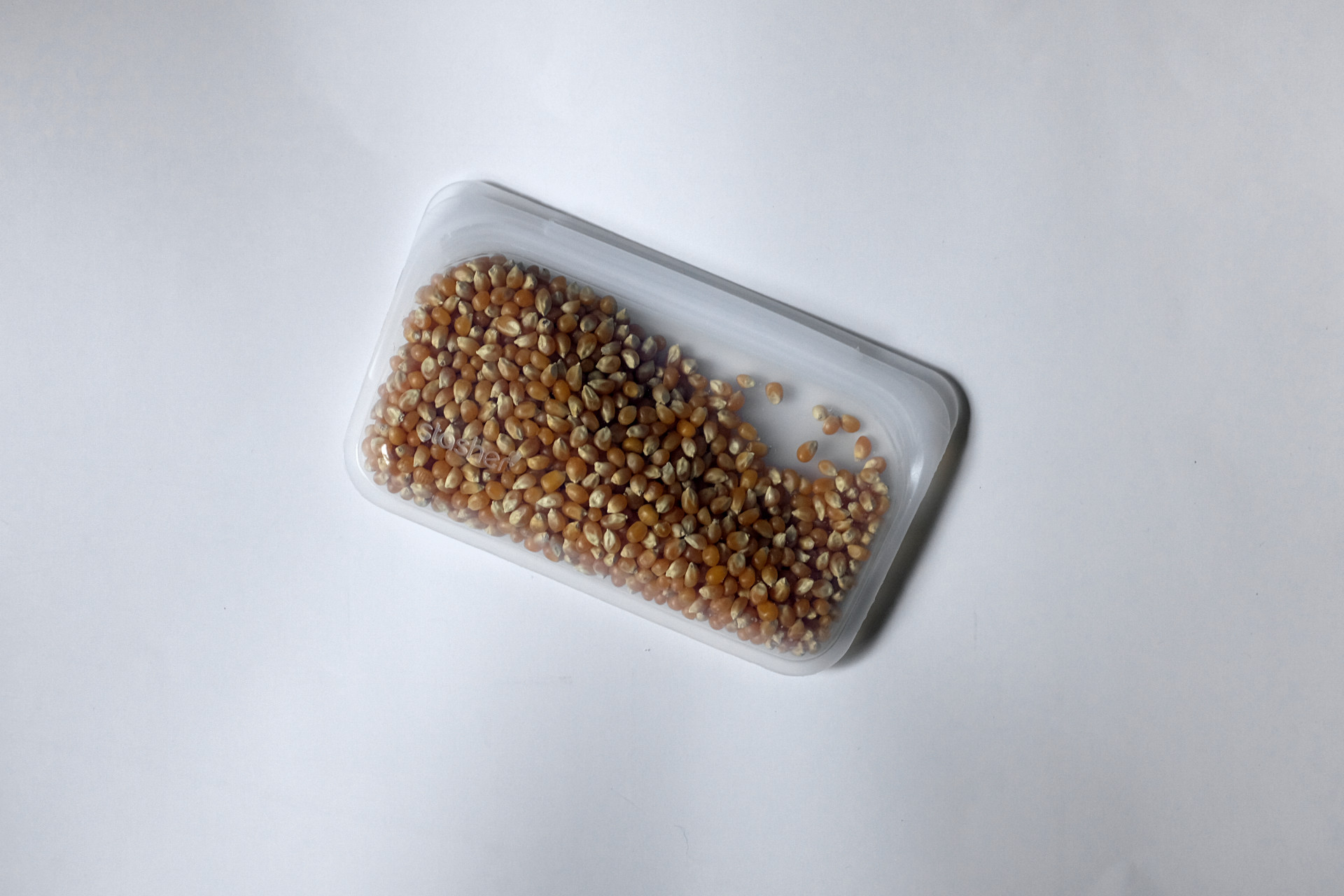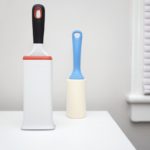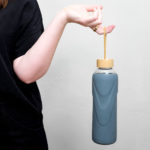The news makes it clear that we can’t just recycle our way to a cleaner world. And while it’s true that corporations are primarily the ones responsible for environmental detriments like carbon emissions and the production of excessive and often unnecessary single-use plastic, this doesn’t absolve us as individuals from trying to lessen our footprint.
We all know that the most sustainable option is the one you already own. But there are also items we can purchase just once to replace single-use products, or long-lasting items we can intentionally select to replace worn-out ones. Over the years I’ve become much more aware of the items I allow into my home – and the ones that exit it via the garbage bin.
This post contains affiliate links and I may receive a small commission if you make a purchase after clicking one of these links (at no additional cost to you!). Thank you for your support!
In addition to the usual suspects like bringing our own tote bags to the grocery store, repurposing glass condiment jars as storage for items around the house, and composting, Michael and I have had the privilege to make a few strategic purchases over the years to ultimately reduce the number of single-use items we consume.
Here are five of the swaps I’ve made that you can easily make as well – and if you need a little more convincing, in the long run, these items have helped us save money, too.
FIVE EASY WASTE-REDUCING SWAPS
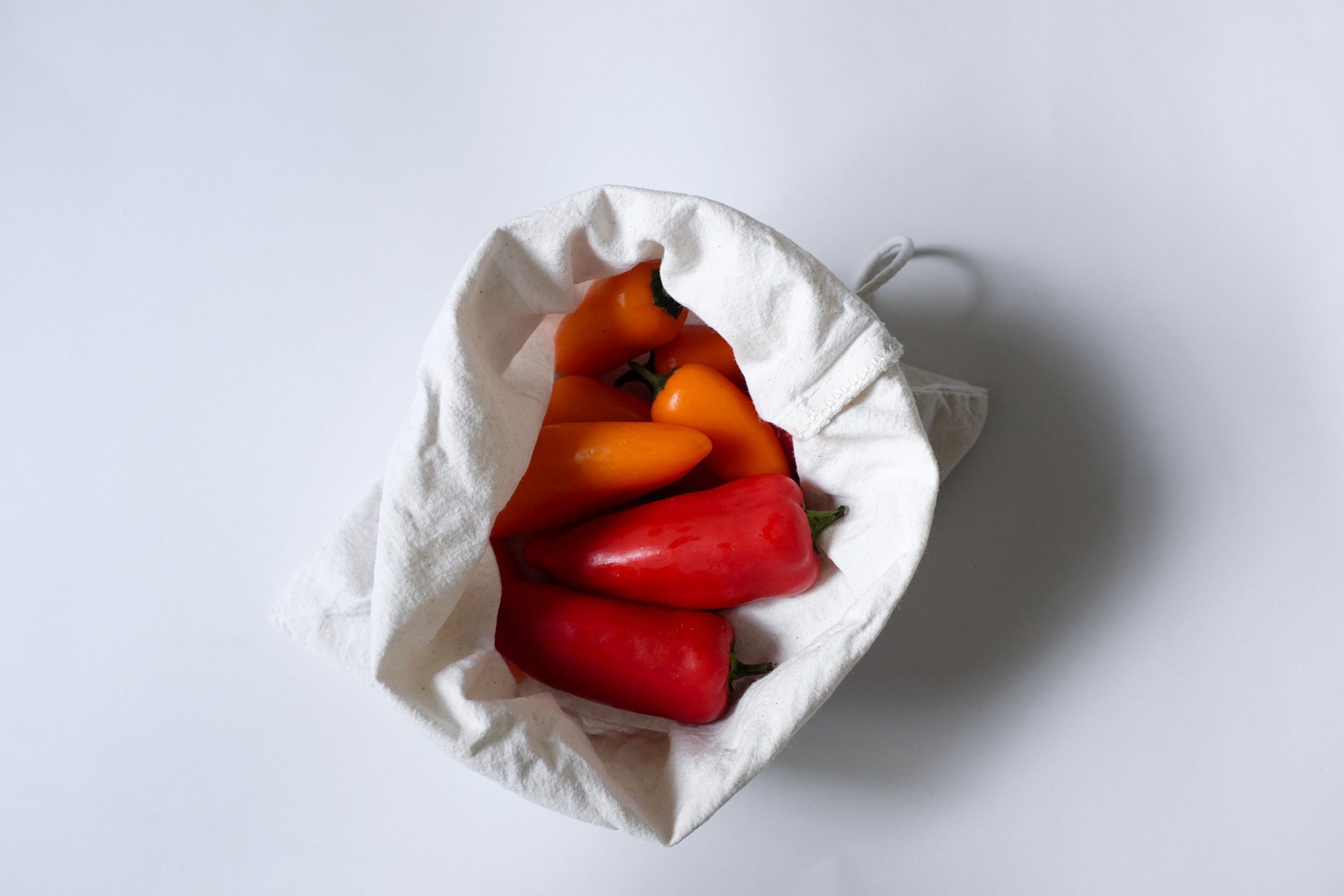
1. Reusable Produce Bags
COVID has prevented us from refilling many dry and liquid goods at bulk stations, but slowly some of those options are becoming available again. What hasn’t stopped is the ability to bag our own loose produce at stores that offer it, and I see any plastic bag left unused as a very tiny win.
Reusable produce bags may be somewhat unnecessary as who-knows-what has touched our fruits and veggies on their way to the grocery store, but I can’t quite bring myself to place soft-skin produce like apples and zucchini on the conveyor belt.
So I stuff an assortment of small cotton drawstring bags in my very unaesthetic collection of cotton totes to bag my own pears, avocados, and tomatoes. It adds just a couple of seconds onto the transaction time at the register (it’s helpful to the cashier if you remember what’s in each bag, and if they are sold by quantity, how many), but it’s worth it to avoid those plastic produce bags at the store. I mean, it’s not like anyone can easily open them anyway.
There are many options on the market (some even have tare weights, which helps reduce your cost a smidge at the till for produce sold by weight), or if you have even the slightest sewing skills, you can easily repurpose old pillowcases or tea towels into cloth bags in miscellaneous sizes.
If you’re choosing to buy, I like this set. The mesh bags are great for seeing what’s inside to reduce food waste – out of sight, out of mind and all that – and the solid ones are helpful for messy veggies like broccoli or fennel. Stash them with your reusable totes so you don’t resort to using the plastic ones or have to watch the cashier handle your cucumbers and your cash at the same time.
—
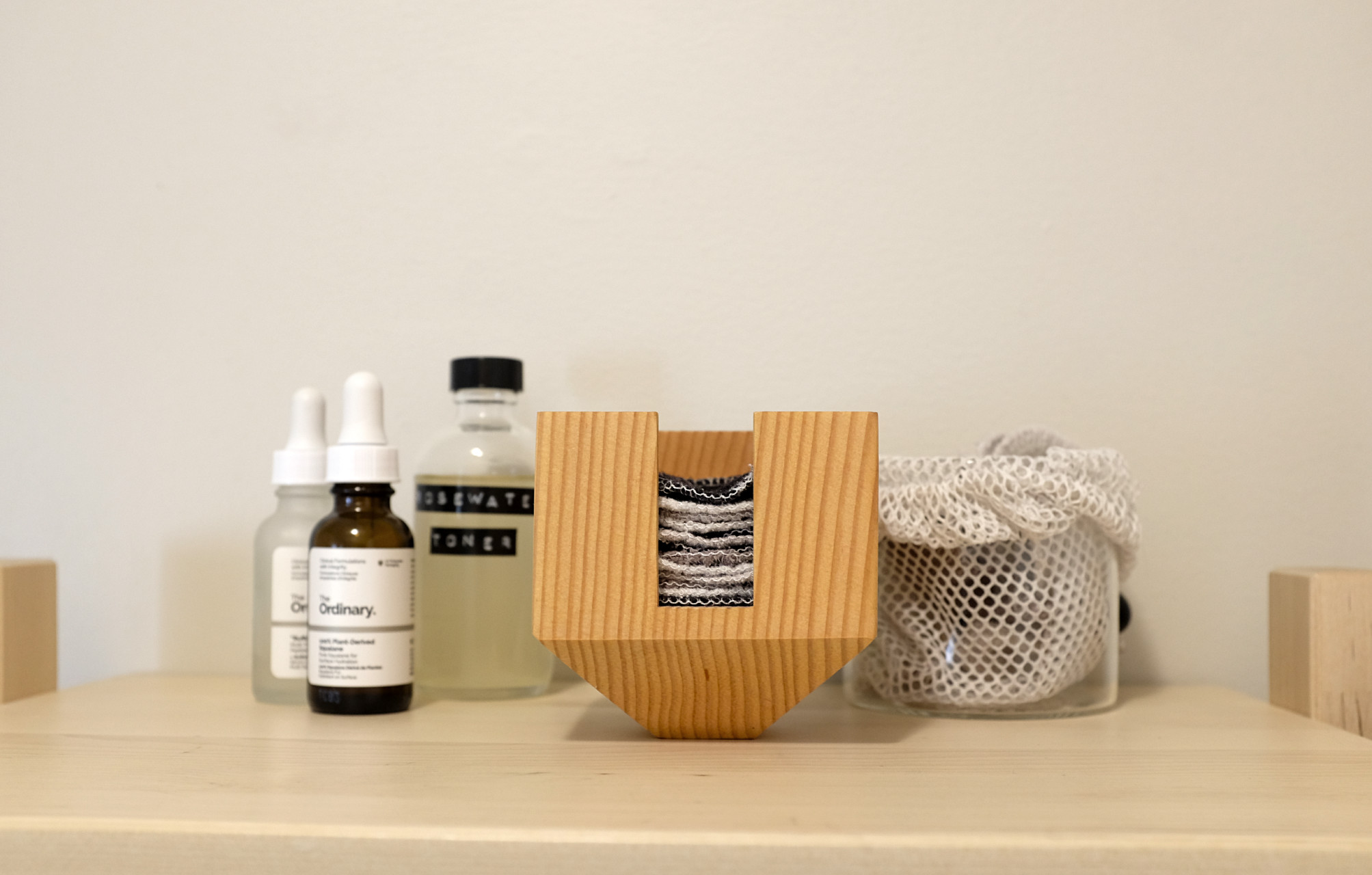
2. Face Rounds
The kitchen is one room in the house where a lot of waste is created – and the bathroom is another. We go through so many beauty product bottles/tubes, toothbrushes, and, yes, toilet paper (although we installed a bidet last year to help with the last one – I wasn’t sure how much detail you’d really want to hear about that here so it’s not on the official list today).
For a long time, my morning routine included quickly wiping down my face with a micellar water, and tossing the cotton pad I’d used for the previous ten seconds. I finally got fed up with tossing the cotton and the plastic bag it came in and sought out a permanent replacement.
There are tons of brands selling reusable cotton rounds now, but my face rounds from Marley’s Monsters are nearly four years old and still going strong. I purchased the mesh bag along with the rounds to help corral them so they don’t get lost in the washer or dryer (I should probably do the same with my socks, as I’ve now lost half of my favorite no-show socks, but I digress…), and later added the cute wooden holder.
They’re just as easy to use as a single-use cotton ball or pad, and easier to use than a washcloth, which has too much surface area for targeted makeup removal. When it’s time to wash towels, I toss my bag of used face rounds in as well. Marley’s Monsters and other brands carry plain white rounds or cute patterns, but I’d recommend sticking with darker colors if your primary focus is removing eye makeup.
I’m glad I purchased the shades of grey pack (no longer available) because my mascara or eyeliner has left some permanent black stains behind on the lightest grey. Thanks to using these face rounds daily, I’ve greatly reduced the number of cotton balls I use – although I still have to purchase a bag of them every couple of years to remove nail polish. That’s the one thing I don’t recommend using these rounds for.
—
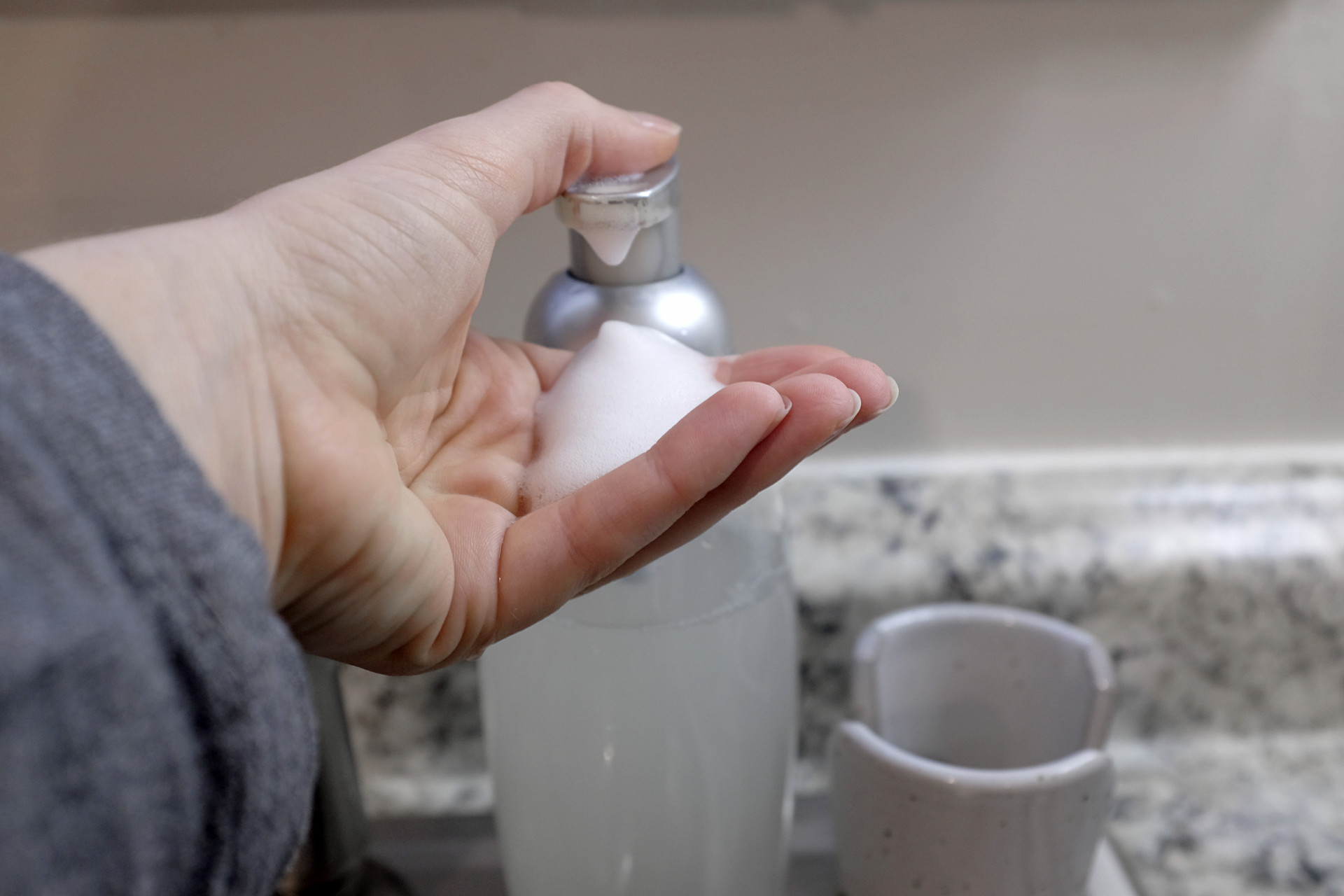
3. Foaming Hand Soap
This is a swap that I regret not doing sooner because it saves us so much money. You’ve probably seen advertisements for Blueland’s cute shop pumps and tablets, or Grove Collaborative’s soap refill concentrate. Those are well and good, but they are also very expensive.
I prefer the idea of affordable swaps because they’re so much more accessible, which means more people can make an impact. Instead of buying another soap refill on my Target runs, I just once bought a foaming hand soap dispenser for my kitchen and bathroom and filled the bottles myself using water and castile soap.
Each fill lasts for a couple of weeks of heavy hand-washings, and refilling is easy: I fill the bottle about 80% of the way with filtered water and then add 1½ Tbsp. of castile soap and give it a shake (the order is important – if you add the soap before the water, you’ll end up with a bottle of bubbles). A large bottle of castile soap lasts for a long time, and now that I know my local zero-waste store carries it in bulk, I’ll bring it in the empty bottle to have it topped off as needed.
—
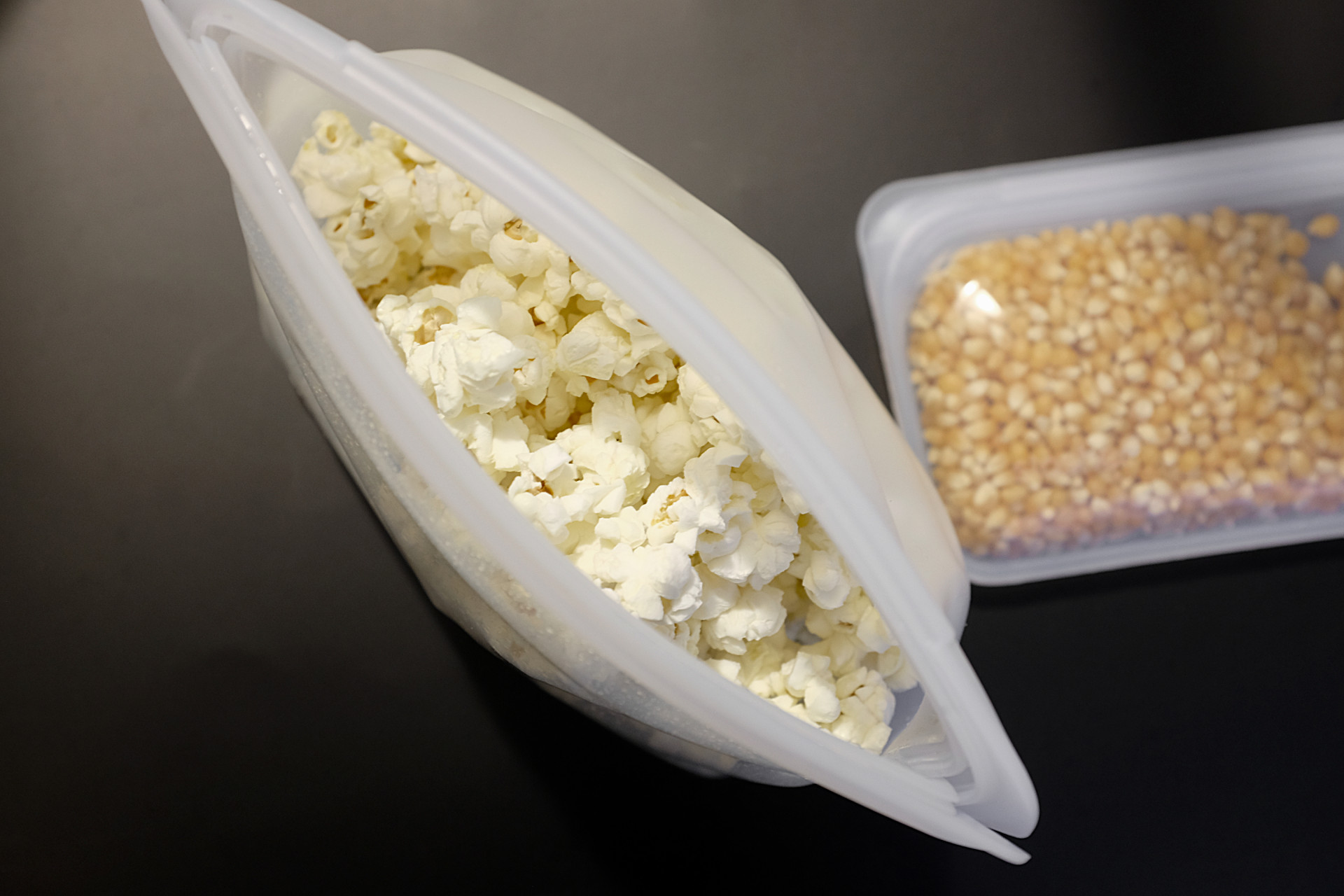
4. Stasher Bags
I used to be guilty of going through boxes and boxes of zip-top bags in a year, but now I’ve switched to reusables. Glass jars and containers are great for storing leftovers, but they’re also quite heavy and bulky. Sometimes you just want to put things in a bag, you know? I’ve tried a few different types of cheaper reusable zipper bags over the years, and after breaking them or melting them in the dishwasher I finally splurged on Stasher’s silicone bags.
They’re certainly not cheap – one of the bags even hovers near the $30 mark – but they’re super durable. I’ve been slowly building my collection one bag at a time, evaluating as I go to see if I need a different size. The half-gallon ones are great for storing stock or smoothie ingredients in the freezer and the pocket-sized bags are perfect for a DIY single serving of trail mix (I also use one of these to hold my toothpaste tabs when traveling).
But my favorite by far is the Stand-Up Mid bag. Not only is it easier to fill by standing it upright on the counter, but you can make microwave popcorn in it, too. While I still occasionally buy bagged microwave popcorn for the fun flavors, my primary popper is the Stasher bag. Here are fifty other ways you can use Stasher bags.
—
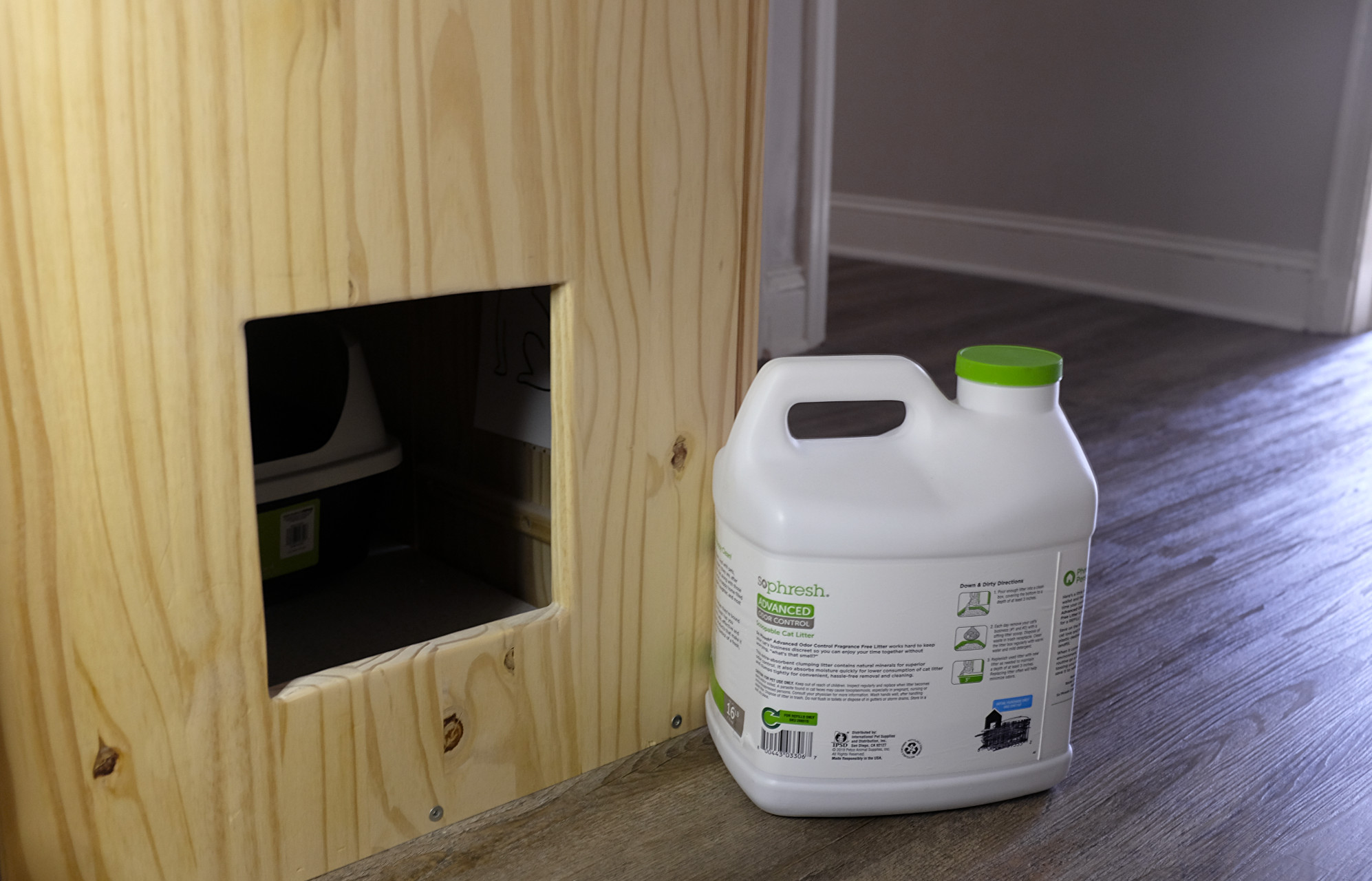
5. Refillable Kitty Litter
Since we’ve taken in an adult stray cat, we haven’t had the luxury of training her to be an indoor cat from scratch. While she’s learned to love basking in the sunlight on the guest bed, the secret recipe for making perfect biscuits, and the best way to sneak up and attack her toys, we can’t seem to get Meow to want to use anything except standard, sandlike kitty litter.
There are some sustainable litter options on the market made from things like corn or old newspaper, but she is quite picky when it comes to her bathroom. After we tried a few options, we found that a traditional clumping litter works best for her and for Michael, her custodian.
To keep her comfortable, her litter is dumped every week or so – which means we go through a couple of large plastic litter containers each month. Luckily, we found that our area Petco has a litter refilling station, and we can even pre-pay online when they’re running a great online-only promotion to save a little extra money. This means that while we’re still sending out used litter into the waste bin, at the very least we’re not tossing or recycling the containers as well.
FINAL THOUGHTS ON SMALL SUSTAINABLE SWAPS AT HOME
While these aren’t big, climate change-ending measures (that will take corporations stepping up and taking responsibility, and government establishment and enforcement of regulations and repair efforts), I can’t help but try to focus on the mental image of the waste we are no longer creating. It’s easy to think, “Oh, it doesn’t matter—what’s one more plastic straw?” but I promise it is also just as easy to remember your own reusable straw next time you’re out for boba.
—
Questions for you
What sustainable swap are you proudest of making?
Are you considering making any other swaps soon?
Enjoyed this post? You may also like:
- Five More Easy Swaps I’ve Made to Reduce Waste
- Five Tips for a More Eco-Friendly Trip
- A Low-Waste Road Trip
- 20 Questions You Should Ask a Potential Travel Partner Before You Leave Home
- How to Split Travel Costs When One Person Makes More Money
- 5 Easy Ways to Save Money This Week (for your next trip!)
- What Happens When You Cancel a Non-refundable Trip?
- Dinner Party Survival Kit: 20 Travel-Themed Conversation Starters
- 5 Easy Things You Can Do Today to Save for Your Next Trip
- How We Search for Flights
- I won a trip! (Now what?)
- All Travel Guides by Destination
- Shop My Closet
- Exclusive Discounts + Promo Codes
- All of My Packing Lists
